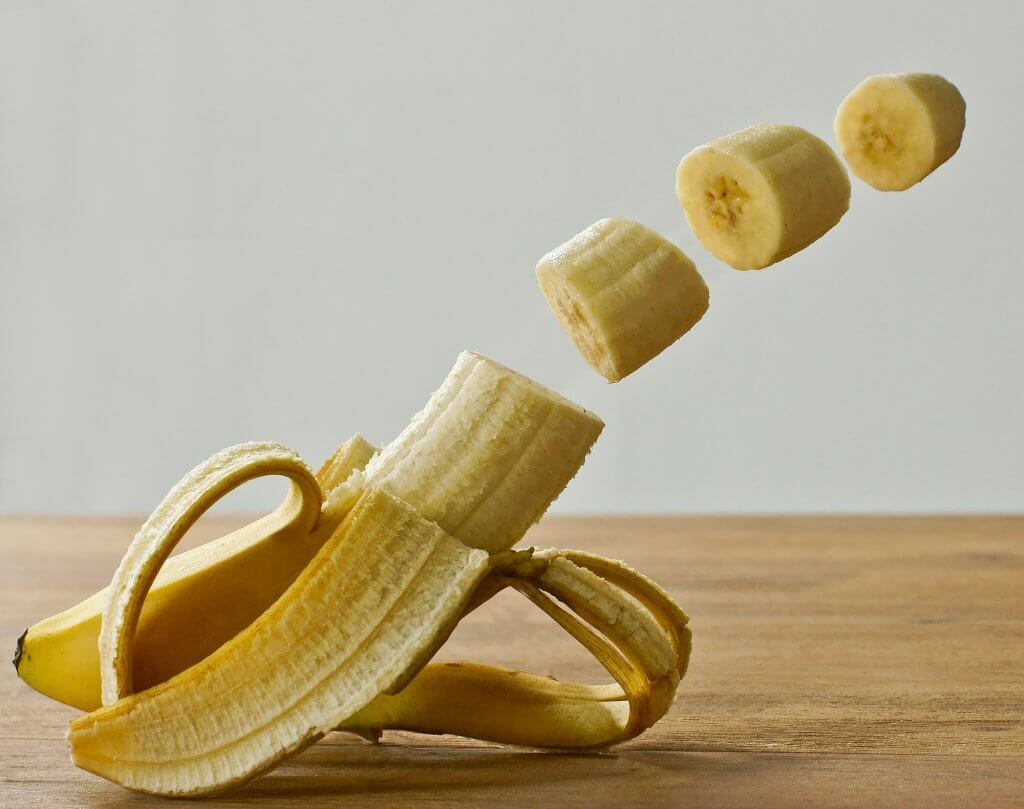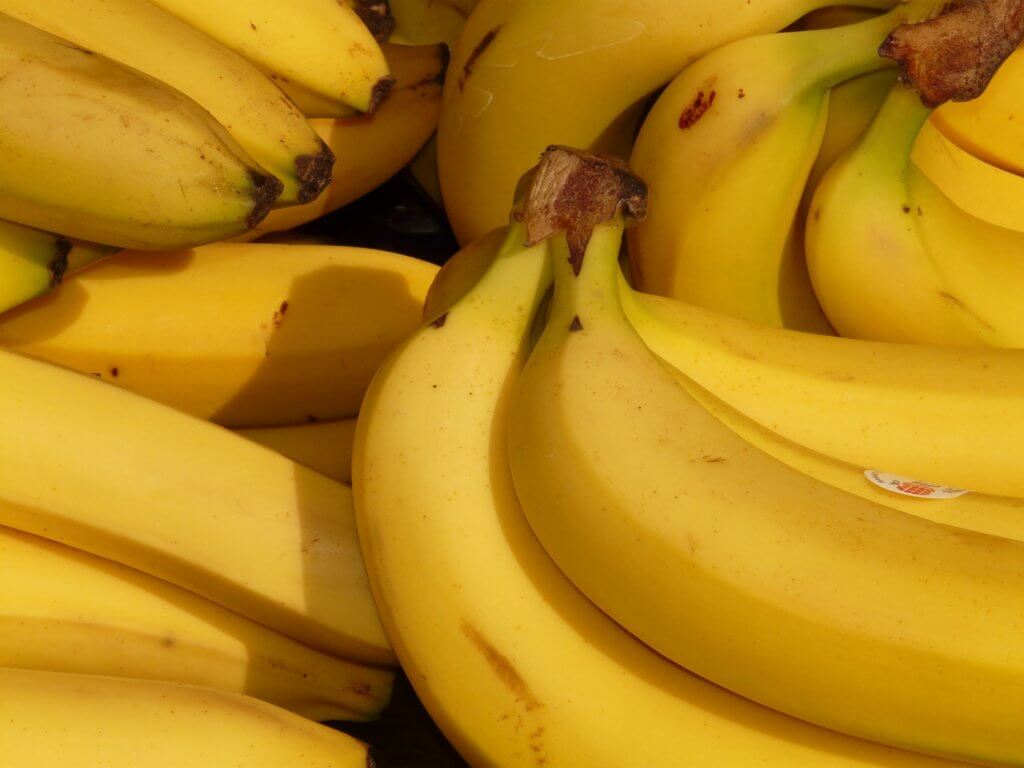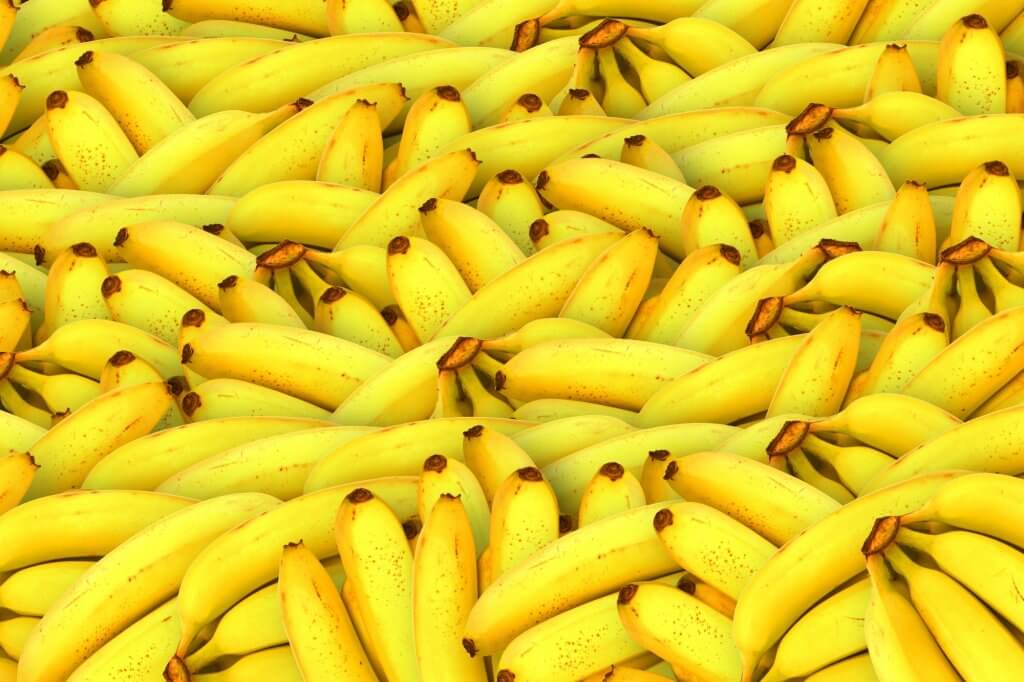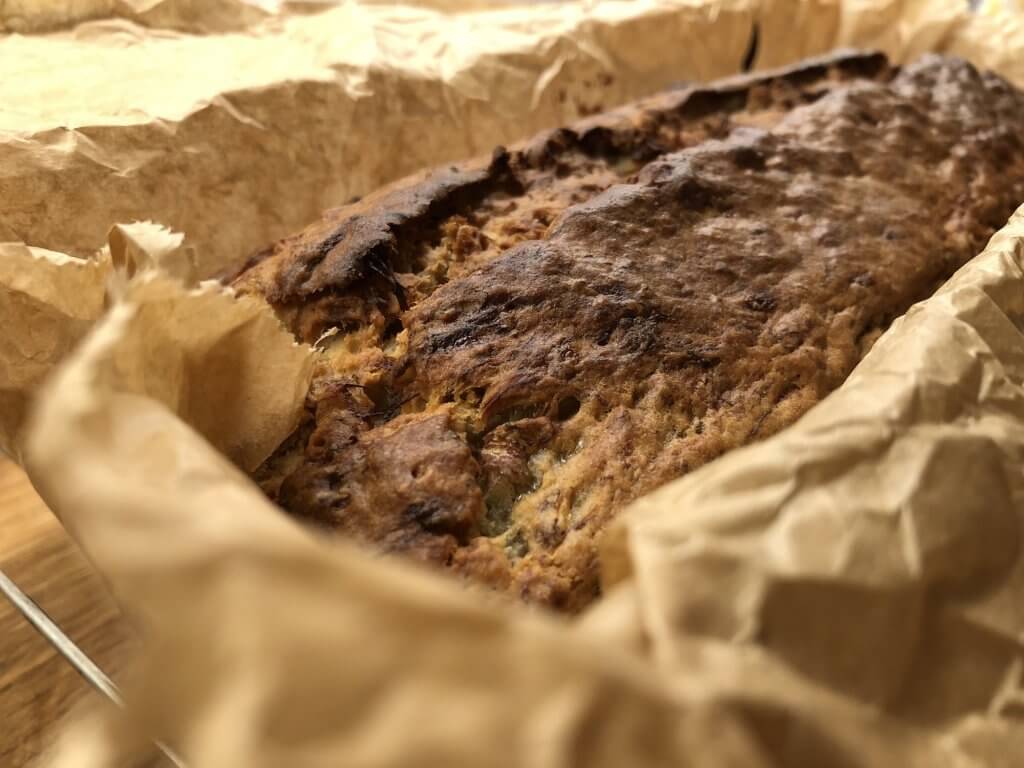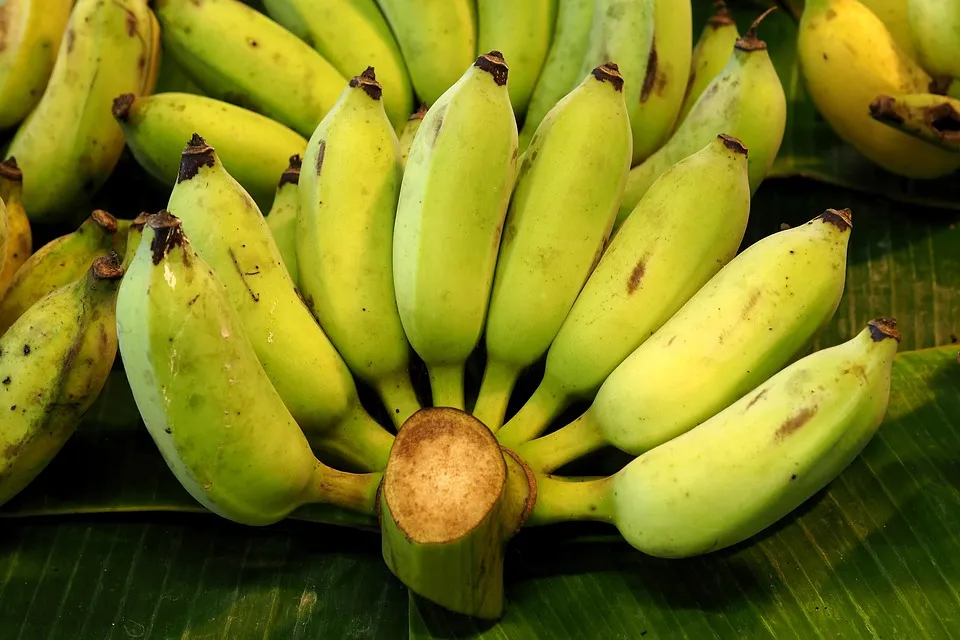
Are you looking for a natural and cost-effective way to give your plants a boost? Look no further than banana tea! This simple and easy-to-make concoction has been gaining popularity among gardeners for its ability to promote plant growth and overall health. In this article, we’ll walk you through a step-by-step banana tea recipe that you can use to nourish your plants and see them thrive. So, grab your bananas and get ready to take your gardening game to the next level!
Banana tea may sound like an unusual concept, but it’s actually a tried and true method that has been used for centuries. The secret lies in the nutrients found in bananas, which are packed with potassium, phosphorus, and other essential minerals that plants need for healthy growth. By steeping banana peels in water, you can create a nutrient-rich tea that can be used as a natural fertilizer for your plants. Not only is this method effective, but it’s also a sustainable way to repurpose banana peels that would otherwise end up in the trash.
Why Banana Tea is Beneficial for Plants

If you’re a plant lover, you’re always looking for ways to give your green friends a little extra boost. That’s where banana tea comes in! Not only is it a delicious and refreshing beverage for humans, but it also has incredible benefits for your plants. Let’s dive into why banana tea is so beneficial for your leafy companions.
1. Nutrient-rich goodness
Banana tea is packed with essential nutrients that plants love. When you steep banana peels in water, they release potassium, phosphorus, and calcium, among other important minerals. These nutrients are like a power-packed meal for your plants, giving them the nourishment they need to thrive.
2. Natural fertilizer
Instead of relying on store-bought fertilizers that may contain harmful chemicals, why not go the natural route? Banana tea is an excellent natural fertilizer that is gentle on your plants and the environment. It provides a slow-release of nutrients, allowing your plants to absorb them gradually and promoting healthy growth.
3. Boosts plant immunity
Just like humans, plants can also benefit from a strong immune system. The antioxidants found in banana tea help to strengthen your plants’ defenses against pests and diseases. By regularly feeding your plants with banana tea, you’re giving them a fighting chance to ward off any potential threats and stay healthy.
4. Improves soil health
Banana tea not only benefits your plants but also nourishes the soil they grow in. The nutrients released from the banana peels enrich the soil, improving its fertility and overall health. This means that not only will your current plants thrive, but future plants will also reap the rewards of your banana tea regimen.
5. Cost-effective and sustainable

Banana tea is not only good for your plants but also for your wallet and the planet. Instead of tossing banana peels into the trash, you can repurpose them into a nutrient-rich tea. It’s a cost-effective way to give your plants a natural boost and reduces waste at the same time. Talk about a win-win situation!
Benefits of Banana Tea for Plant Growth
Bananas are not just delicious and nutritious fruits, but they also have incredible benefits for plant growth. One of the most effective and natural ways to harness these benefits is by making banana tea. Let’s explore the numerous advantages that banana tea offers for the health and vitality of your plants.
1. Nutrient-Rich Brew
When you steep banana peels in water to make tea, you create a nutrient-rich brew that is packed with essential elements for plant growth. Banana peels are a rich source of potassium, phosphorus, calcium, and magnesium, all of which are vital for healthy plant development. These nutrients help promote strong root growth, improve flower and fruit production, and enhance overall plant vigor.
2. Natural Fertilizer
Banana tea acts as a natural fertilizer for your plants. As the peels steep in water, they release their nutrients, making them readily available for absorption by the plant roots. This organic fertilizer is gentle on plants, providing a slow and steady release of nutrients over time. It improves soil fertility and helps plants grow stronger and healthier.

« How to Make Black Southern Banana Pudding: Step-by-Step Recipe
Delicious banana bread recipe without sour cream or yogurt – substitutes and alternatives for a moist and flavorful treat »
3. Boosts Plant Immunity
The nutrients present in banana tea also play a crucial role in boosting plant immunity. Potassium, in particular, helps strengthen cell walls, making plants more resistant to diseases and pests. By regularly applying banana tea to your plants, you can enhance their ability to fight off common plant ailments and ensure their long-term health.
4. Improves Soil Health
Using banana tea as a fertilizer helps improve the health of your soil. The nutrients in the tea enrich the soil, making it more fertile and conducive to plant growth. The organic matter from the banana peels helps retain moisture in the soil, preventing it from drying out too quickly. Additionally, banana tea encourages the growth of beneficial soil microorganisms, enhancing the overall ecosystem of your garden.
5. Cost-Effective and Sustainable
One of the best things about banana tea is that it is a cost-effective and sustainable method of promoting plant growth. Instead of throwing away banana peels, you can repurpose them to create a nutrient-rich tea for your plants. This not only saves you money on expensive fertilizers but also reduces waste and promotes sustainability in your gardening practices.
With all these incredible benefits, it’s no wonder that banana tea has become a popular choice for plant enthusiasts. So, next time you enjoy a banana, remember to save the peels to make a
How to Make Banana Tea for Plants
Banana tea is an easy and effective way to give your plants a nutrient boost and promote their overall health. Making banana tea is simple and requires just a few steps. Here’s how you can make your own banana tea for your plants:
- Gather the banana peels: Start by collecting banana peels from ripe bananas. It’s best to use organic bananas to avoid any potential pesticide residues.
- Cut the peels into small pieces: Take the banana peels and cut them into small pieces. This will help release the nutrients more easily during the steeping process.
- Steep the peels in water: Place the banana peel pieces in a container, such as a jar or a bucket, and add water. Use approximately one part banana peels to five parts water. It’s important to use non-chlorinated water, as chlorine can harm the beneficial microbes in the tea.
- Let it steep: Allow the banana peels to steep in the water for at least 24 hours. This will give the nutrients enough time to leach into the water and create a nutrient-rich tea.
- Strain the tea: After 24 hours, strain the tea to remove the banana peels. You can use a fine mesh strainer or cheesecloth to separate the liquid from the peels.
- Dilute and use: Dilute the banana tea with water, using a ratio of one part tea to five parts water. This will ensure that the tea is not too concentrated and won’t burn your plants’ roots.
- Apply to your plants: Use the diluted banana tea to water your plants or apply it as a foliar spray. Water the plants as you normally would, making sure to saturate the soil around the roots.
Remember, moderation is key when using banana tea. While it’s a great natural fertilizer, using too much can lead to excessive nutrient levels in the soil. It’s best to use banana tea as a supplement to regular watering and fertilizing routines.
Step 1: Gather the Ingredients

Banana tea is a fantastic way to promote the growth and health of your plants. To get started, you’ll need just a few simple ingredients. Here’s what you’ll need to gather:
- Ripe Organic Bananas: Make sure to choose ripe organic bananas for the best results. Organic bananas are free from harmful pesticides and chemicals, ensuring that you’re providing your plants with the purest form of nutrients.
- Non-Chlorinated Water: Chlorine can be harmful to your plants, so it’s important to use non-chlorinated water. You can either use filtered water or leave tap water out overnight to allow the chlorine to evaporate.
Now that you have your ingredients ready, it’s time to move on to the next step. Remember, banana tea is an easy and cost-effective way to nourish your plants naturally. So let’s get started on creating this nutrient-rich tea for your plants.
Step 2: Prepare the Banana Peels
Now that you have gathered ripe organic bananas, it’s time to prepare the banana peels for your nutrient-rich banana tea. This step is crucial in extracting the beneficial nutrients from the peels and infusing them into the water. Here’s how you can do it:
- Cut the banana peels into small pieces: Take a sharp knife and carefully slice the banana peels into small, manageable pieces. This will help increase the surface area, allowing the nutrients to be released more effectively during the steeping process.
- Steep the peels in water for at least 24 hours: Find a container that is large enough to hold the banana peels and non-chlorinated water. Place the banana peels into the container and pour enough water to cover them completely. It’s important to use non-chlorinated water as chlorine can interfere with the natural fermentation process. Let the peels steep in the water for at least 24 hours. You can leave it for longer if you prefer a stronger tea.
- Strain the tea: After the steeping period, it’s time to strain the tea to remove the banana peel remnants. You can use a fine-mesh strainer or cheesecloth to separate the liquid from the solids. Gently pour the tea through the strainer into a separate container, ensuring that no solid pieces remain.
- Dilute the tea with water: Depending on the strength of the tea and the needs of your plants, you may need to dilute the tea with water. This will prevent any potential burning or overfertilization of your plants. Start by diluting the tea with an equal amount of water and adjust the ratio as needed.
Step 3: Brew the Banana Tea
Now that you have prepared the banana peels, it’s time to brew the banana tea. This step is crucial in extracting the nutrients from the peels and creating a potent fertilizer for your plants. Follow these simple steps to brew your own banana tea:
- Cut the Banana Peels: Take the banana peels and cut them into small pieces. This will help to release the nutrients more effectively during the steeping process.
- Steep the Peels: Place the banana peel pieces in a container, such as a jar or a bucket. Fill the container with non-chlorinated water, ensuring that the peels are fully submerged. The water should be at room temperature to allow for optimal nutrient extraction.
- Cover and Let it Steep: Cover the container with a lid or a cloth to prevent any debris from getting into the tea. Let the banana peels steep in the water for at least 24 hours. This will give enough time for the water to absorb the nutrients from the peels.
- Strain the Tea: After 24 hours, it’s time to strain the tea to remove the peel remnants. You can use a fine mesh strainer or cheesecloth to separate the liquid from the peels. This step ensures a smooth and consistent tea without any unwanted particles.
- Dilute and Apply: Depending on the strength of the tea and the type of plants you have, you may need to dilute it with water. It’s important to find the right balance to avoid over-fertilizing your plants. Once you have the desired concentration, it’s time to apply the banana tea to your plants. Pour it directly onto the soil around the base of the plants, ensuring that it is evenly distributed.
Step 4: Dilute the Tea and Apply to Plants
Now that you have successfully brewed your nutrient-rich banana tea, it’s time to dilute it and apply it to your plants. Diluting the tea ensures that your plants receive the right amount of nutrients without overwhelming them. Follow these simple steps to properly dilute and apply the tea:
- Dilute the tea: Depending on the size of your plants, you may need to dilute the banana tea to prevent over-fertilization. A general rule of thumb is to mix one part tea with three parts water. This ratio provides a balanced amount of nutrients for your plants. However, if you notice any signs of nutrient deficiency or if your plants are particularly sensitive, you can increase the water ratio to one part tea with four parts water.
- Use a watering can or spray bottle: Once you’ve diluted the banana tea, transfer it to a watering can or spray bottle. Using a watering can allows for more even distribution of the tea, while a spray bottle is great for targeting specific areas or delicate plants. Choose the method that works best for you and your plants.
- Apply to plants: Begin by gently pouring the diluted banana tea at the base of your plants, making sure to cover the root zone. Avoid getting the tea on the leaves, as this can lead to sunburn or other issues. If using a spray bottle, lightly mist the plants, again avoiding the leaves. Take your time and ensure that each plant receives an adequate amount of the tea.
- Repeat as needed: You can apply the diluted banana tea to your plants every two to three weeks to provide them with a continuous supply of nutrients. However, keep in mind that every plant has different needs, so be sure to monitor their growth and adjust the frequency of application accordingly.
Precautions to Consider When Using Banana Tea

When it comes to using banana tea as a natural fertilizer for your plants, there are a few precautions you should keep in mind. While banana tea can be highly beneficial for plant growth, it’s important to use it properly to avoid any potential issues. Here are a few precautions to consider:
1. Dilution is Key
While banana tea is a nutrient-rich fertilizer, it’s essential to dilute it properly before applying it to your plants. Undiluted banana tea can be too strong for your plants and may cause root burn or damage. Dilute the tea with water using a ratio of one part tea to three parts water, or one part tea to four parts water for sensitive plants. This will ensure that your plants receive the right amount of nutrients without overwhelming them.
2. Avoid Overuse
As with any fertilizer, it’s important not to overuse banana tea. Applying it too frequently or in excessive amounts can lead to nutrient imbalances in the soil. It’s recommended to apply banana tea to your plants every two to three weeks, adjusting the frequency based on their growth. Pay attention to the condition of your plants and adjust the application as needed to avoid over-fertilization.
3. Use with Caution on Acid-Loving Plants
While banana tea can benefit most plants, it’s important to use it with caution on acid-loving plants, such as azaleas and blueberries. Banana peels contain a small amount of potassium, which can raise the pH level of the soil over time. If you have acid-loving plants, it’s advisable to use banana tea sparingly or consider other fertilizers that are more suitable for their specific needs.
4. Avoid Spraying on Leaves
When applying banana tea to your plants, it’s best to avoid spraying it directly on the leaves. This is because the tea can attract pests and may lead to fungal diseases. Instead, apply the tea at the base of the plants, focusing on the soil. This will ensure that the nutrients are absorbed by the roots and distributed throughout the plant.
Conclusion

Banana tea is a fantastic, natural fertilizer option for your plants. It’s a simple and cost-effective way to promote plant growth and overall health. By steeping banana peels in non-chlorinated water for at least 24 hours, you can create a nutrient-rich tea that your plants will love.
However, it’s important to keep a few things in mind when using banana tea. Diluting the tea properly before applying it is crucial to prevent root burn or damage. Overusing banana tea can lead to nutrient imbalances in the soil, so it’s best to apply it every two to three weeks. And if you have acid-loving plants, be cautious as banana tea can raise the pH level of the soil.
Lastly, avoid spraying the tea directly on the leaves to prevent attracting pests and fungal diseases. Instead, focus on applying it to the soil around the base of the plants.
Incorporating banana tea into your plant care routine can provide your plants with the nutrients they need to thrive. Give it a try and watch your plants flourish!







